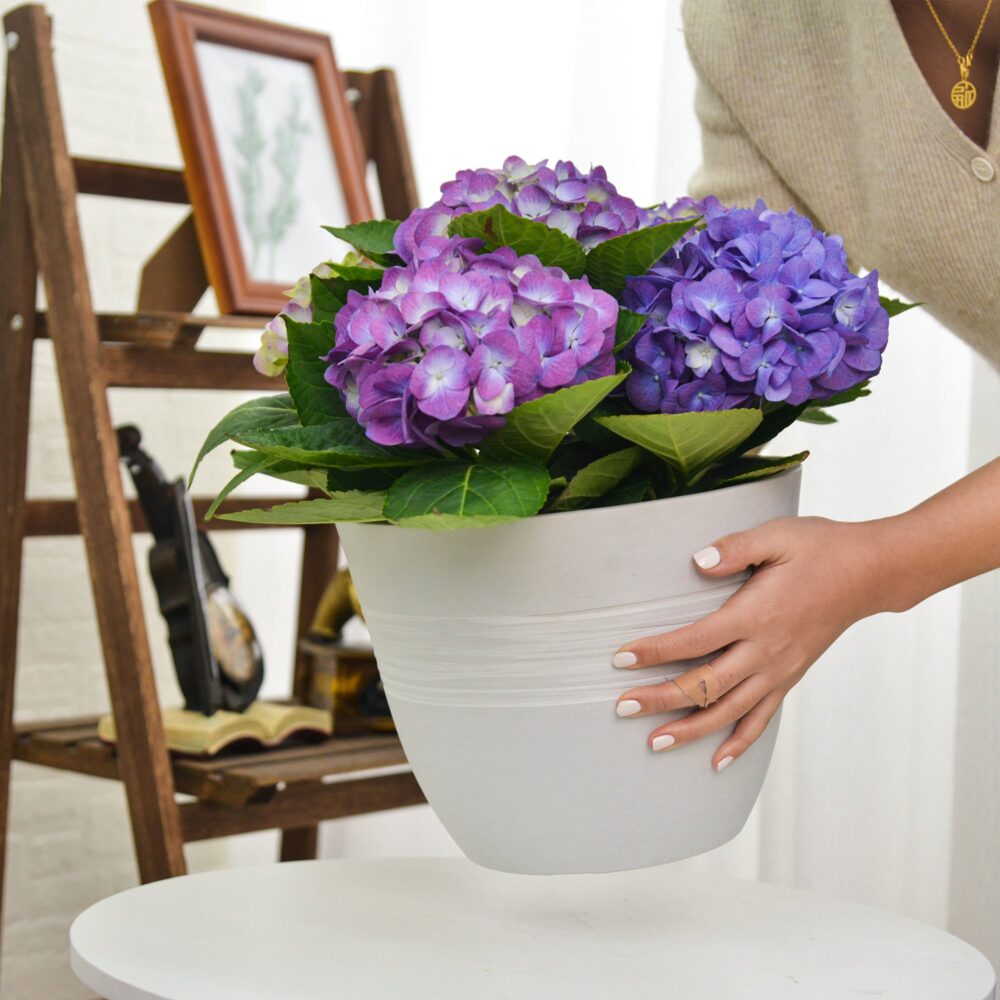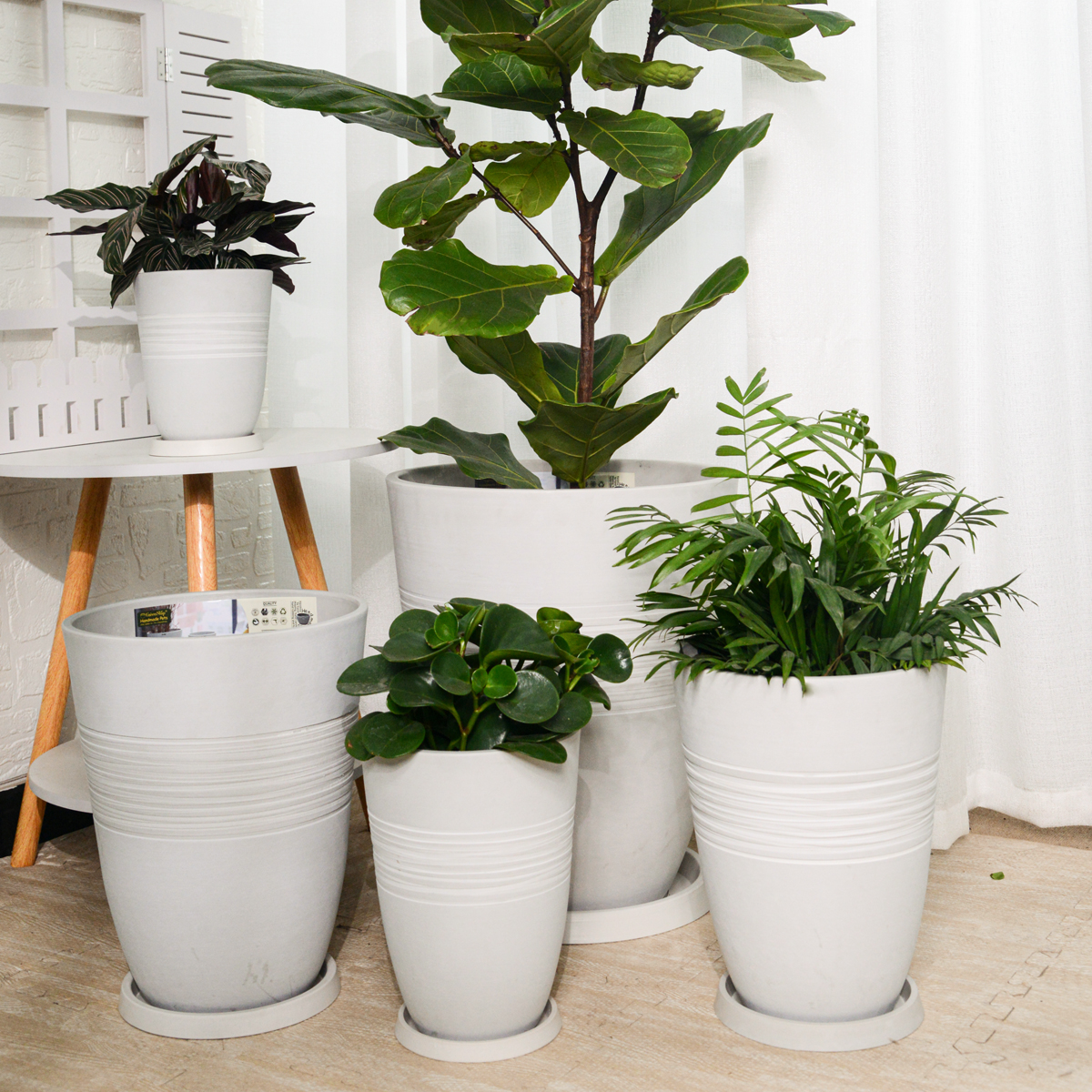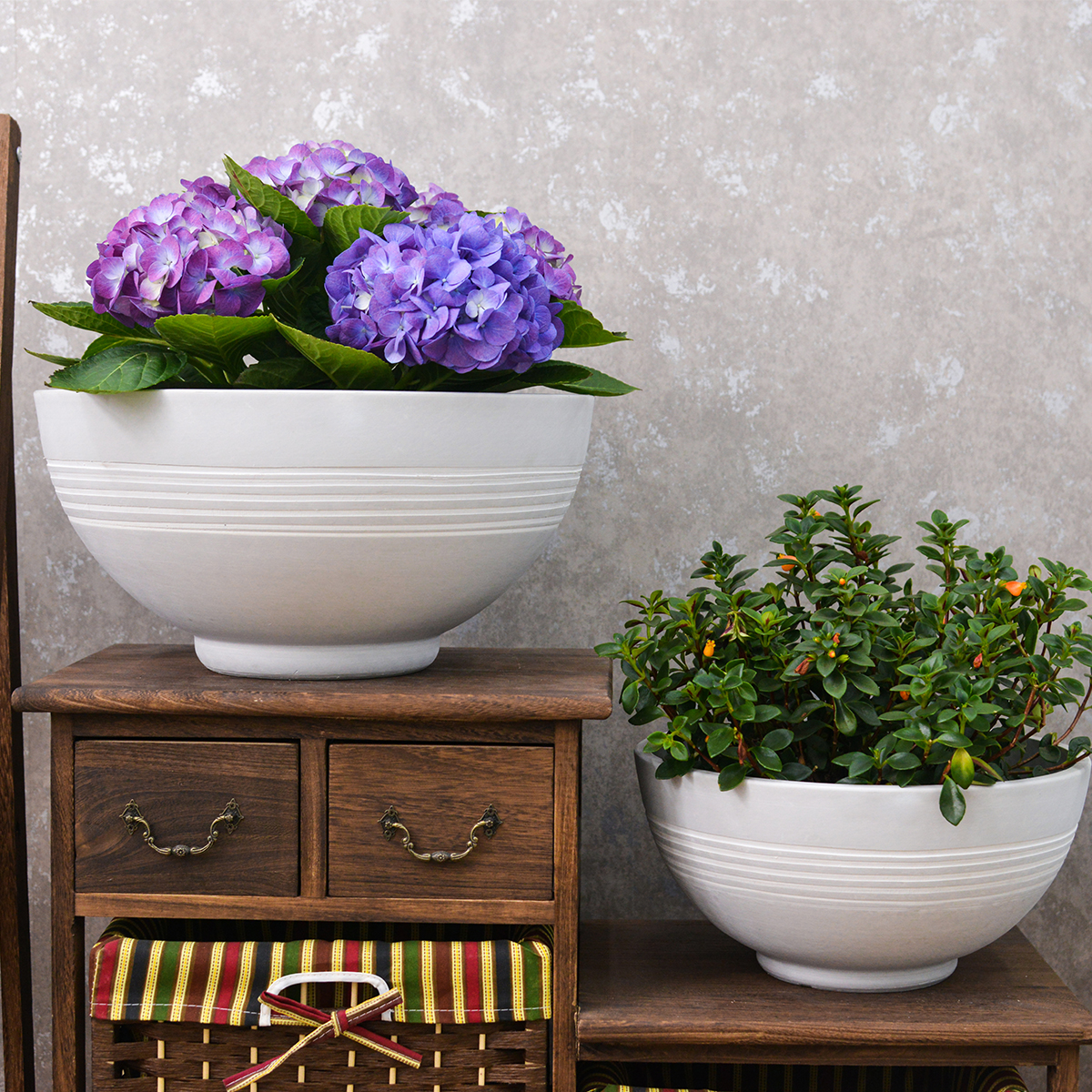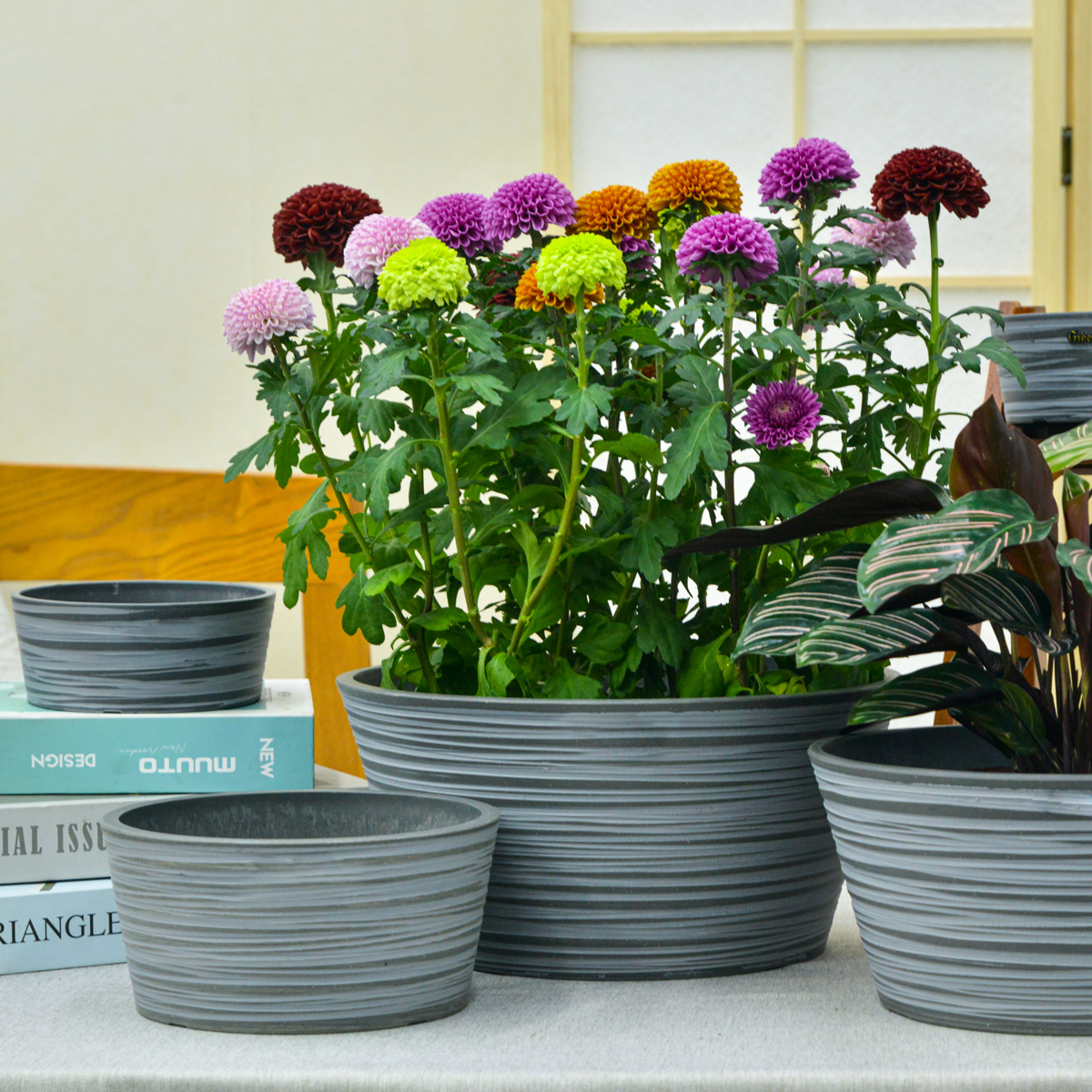Go Green in Your Garden: Easy Ways to Make Natural Fertilizer for Your Plants
Want to nourish your plants without relying on synthetic chemicals? Creating your own natural fertilizer is easier than you might think! By utilizing readily available ingredients, you can provide your plants with the essential nutrients they need to thrive while also benefiting the environment. Let’s explore some simple and effective methods for making natural fertilizer at home, drawing inspiration from the Spanish article and common US gardening practices.

Why Choose Natural Fertilizer?
Opting for natural fertilizers offers numerous advantages for both your plants and the planet:
- Gentle and Slow-Release: Natural fertilizers release nutrients gradually, reducing the risk of burning your plants and providing a sustained source of nourishment.
- Improves Soil Health: They enrich the soil with organic matter, enhancing its structure, water retention, and beneficial microbial activity.
- Environmentally Friendly: Natural fertilizers reduce reliance on synthetic chemicals, minimizing potential harm to the environment and beneficial insects.
- Cost-Effective: Many natural fertilizer ingredients are kitchen scraps or readily available materials, saving you money.
Fantastic Natural Fertilizer Options You Can Make at Home:
Here are several easy ways to create natural fertilizer for your plants:
1. Compost: The King of Natural Fertilizers
- What it is: Compost is decomposed organic matter, rich in a wide range of nutrients.
- How to Make: Combine “green” materials (like kitchen scraps, grass clippings) with “brown” materials (like dried leaves, cardboard) in a compost bin or pile. Regularly turn the mixture to aerate it. It will break down over time into nutrient-rich compost.
- How to Use: Mix compost into your garden beds before planting, use it as a top dressing around existing plants, or add it to potting mixes.
2. Worm Castings: Nature’s Black Gold
- What it is: Worm castings are essentially worm poop, packed with beneficial microbes and readily available nutrients.
- How to Make: You can purchase worm castings or create your own worm farm (vermicomposting) using a bin and red wiggler worms.
- How to Use: Mix worm castings into potting soil, sprinkle them around the base of plants, or use them to make a nutrient-rich “worm tea” by soaking them in water.
3. Kitchen Scrap Fertilizers: Easy Nutrient Boosts
- Banana Peel Fertilizer (Rich in Potassium):
- Method 1 (Direct Burial): Bury banana peels directly around the base of your plants. They will decompose and release potassium into the soil.
- Method 2 (Banana Peel Tea): Soak banana peels in water for a few days. Use the resulting liquid to water your plants.
- Eggshell Fertilizer (Source of Calcium):
- Rinse and dry eggshells. Crush them into a fine powder. Sprinkle the powder around the base of your plants and gently work it into the soil.
- Coffee Grounds Fertilizer (Provides Nitrogen):
- Sprinkle used coffee grounds around your plants and lightly mix them into the topsoil. Coffee grounds also improve soil structure. Use sparingly as they can be slightly acidic.
- Vegetable Scrap Broth:
- Save vegetable scraps (excluding diseased or oily scraps). Boil them in water for about 15-20 minutes. Let the water cool, strain out the solids, and use the nutrient-rich broth to water your plants.
4. Wood Ash (Potassium and Trace Minerals):
- Source: Use ash from untreated wood only.
- How to Use: Sprinkle a small amount of wood ash around the base of your plants. Use sparingly, as wood ash is alkaline and can raise the soil pH. Avoid using ash from treated wood or charcoal briquettes.
5. Green Manure:
- What it is: Cover crops grown specifically to be turned back into the soil, adding organic matter and nutrients.
- How to Use: Sow fast-growing crops like clover or buckwheat. Once they reach a certain height, cut them down and till them into the soil before planting your main crops.
6. Seaweed Emulsion (Trace Minerals and Growth Hormones):
- Source: Can be purchased as a liquid concentrate or you can collect and compost seaweed (if you live near the coast).
- How to Use: Dilute seaweed emulsion according to the product instructions and use it as a soil drench or foliar spray.
Applying Natural Fertilizer to Your Plants:
- In-Ground Plants: For established plants, work natural fertilizers like compost or worm castings into the top few inches of soil around the base of the plant. For liquid fertilizers, pour directly onto the soil.
- Container Plants: When potting or repotting, mix natural fertilizers like compost or worm castings into the potting mix. For liquid fertilizers, water as usual.

Important Tips for Using Natural Fertilizers:
- Know Your Soil: Consider getting a soil test to understand your soil’s existing nutrient levels. This will help you determine which nutrients your plants need most.
- Observe Your Plants: Pay attention to how your plants are growing. Yellowing leaves, stunted growth, or poor flowering can indicate nutrient deficiencies.
- Be Patient: Natural fertilizers release nutrients more slowly than synthetic ones, so you may not see immediate results.
- Balance is Key: Different natural fertilizers provide different nutrients. Using a variety of natural sources will help ensure your plants receive a balanced diet.
- Avoid Over-Fertilizing: While less likely with natural fertilizers, it’s still possible to over-fertilize. Start with recommended amounts and adjust as needed based on your plants’ response.
Conclusion:
Making your own natural fertilizer is a rewarding and sustainable way to nourish your plants. By utilizing readily available resources like kitchen scraps and yard waste, you can create nutrient-rich amendments that will promote healthy growth, vibrant blooms, and delicious harvests. Embrace the power of nature and give your plants the natural boost they deserve!
Planter for Indoor Outdoor Plants, Set of 2 Modern Decorative Plant Pots with Drainage Hole, Decorative Flower Pots
By greenship-seo|2025-01-14T12:26:44+00:00January 14, 2025|Categories: Hand-carving Series|Tags: Decorative Flower Pots|
KC2-11VH
By greenship|2024-08-16T06:19:28+00:00August 16, 2024|Categories: Hand-carving Series|
KC3-09k
By greenship|2024-08-16T06:24:36+00:00August 16, 2024|Categories: Hand-carving Series|
11V
By greenship|2024-08-13T03:05:48+00:00August 13, 2024|Categories: Hand-carving Series|
KC3-14A
By greenship|2024-08-16T06:26:30+00:00August 16, 2024|Categories: Hand-carving Series|
11THD
By greenship|2024-08-13T02:52:20+00:00August 13, 2024|Categories: Hand-carving Series|






